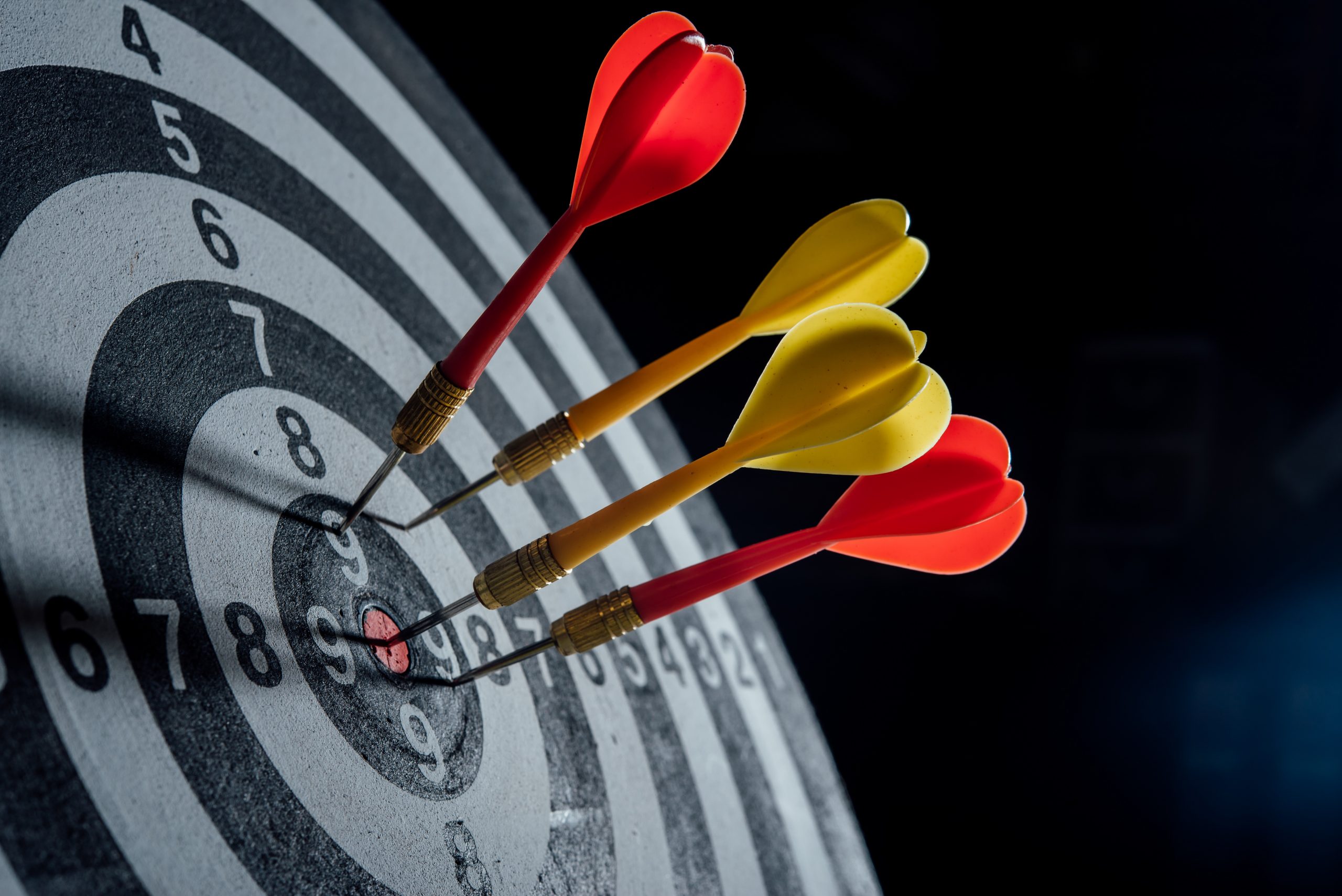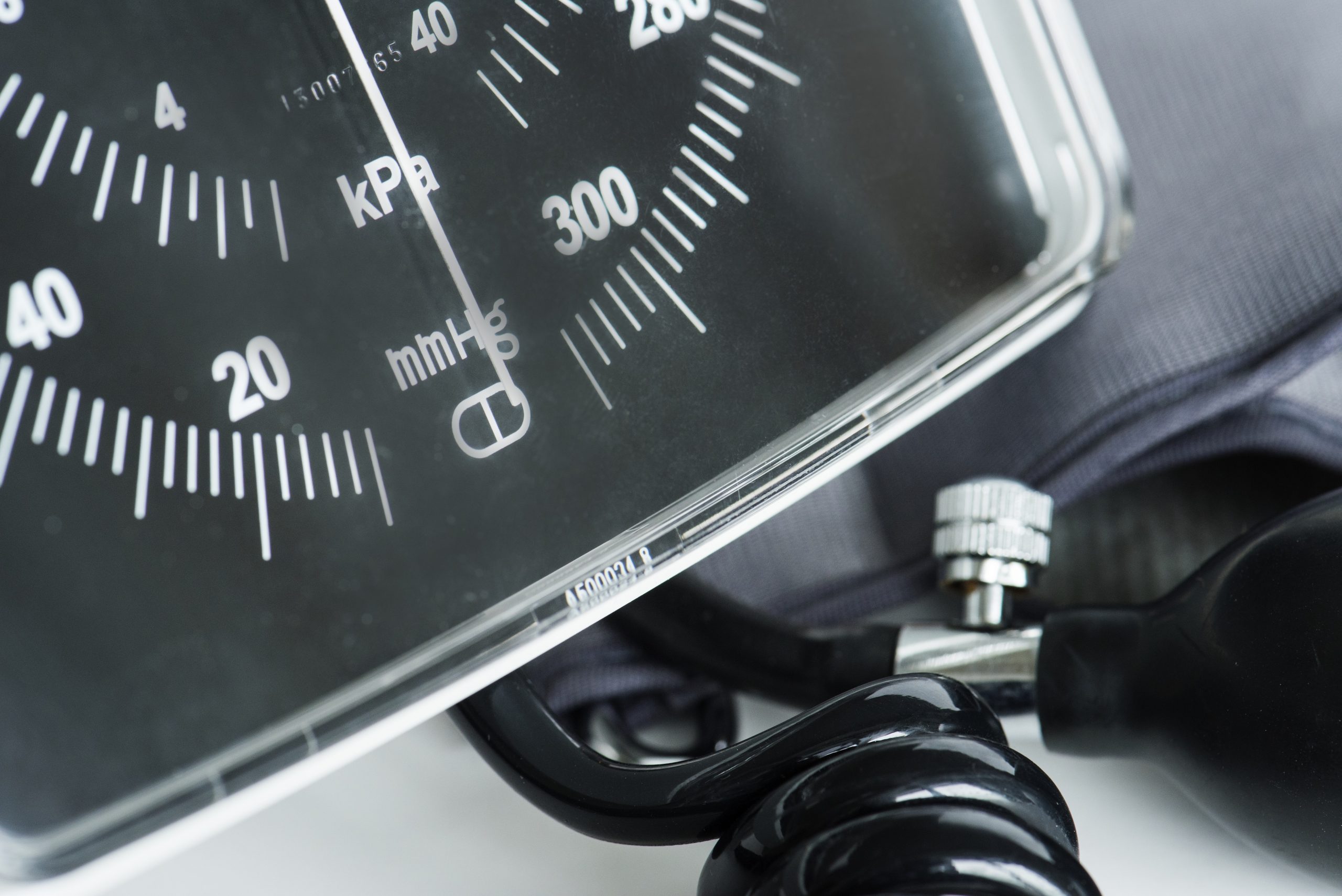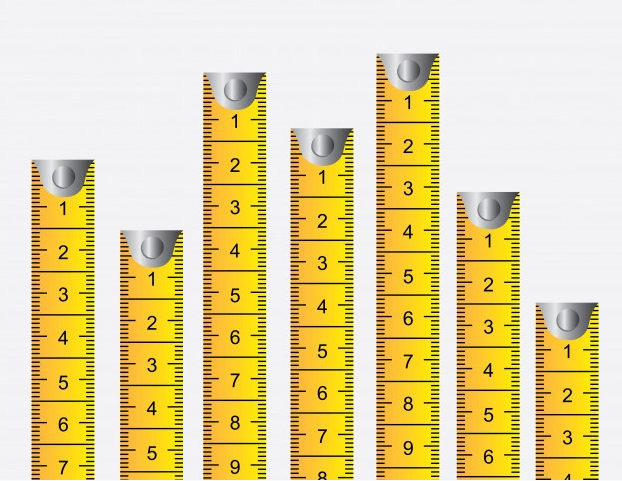
Whatever your level of knowledge or the position in which you work, if it is related to production or quality activities, you know that precise measurements are directly related to quality, productivity and competitiveness. You also know that without calibrated instruments, it is impossible to have adequate measurements. But do you know what uncertainty is in measurement and calibration and what its role is? In this article, we provide a simple explanation of this fundamental concept of metrology and calibration.
There is no such thing as 100% accurate

No matter how good an instrument and how ideal measurement conditions are there will always be some uncertainty in the result measured. This can be the result of a variety of factors, how the instrument is being used, the person doing the measuring, environmental conditions, the procedure used and much more. Being aware of related uncertainty is fundamental to maintaining the quality of the process and, consequently, of products and services delivered.
What is uncertainty?

As was mentioned, having a 100% accurate measurement is impossible. With this in mind, put simply uncertainty in measurement and calibration is the “size of questionability” there is in a measurement. Knowing what uncertainty is lets us know how good a measurement is and decide whether or not it is suited to a particular use. Let’s consider a hypothetical and educational case to illustrate this concept.
Suppose you ask three people to measure a piece of string. They can measure it using whatever instrument they want and however they want. Three possible answers would be:
- Person “A” says that the string is 90 cm long. To reach this conclusion, they used a plastic ruler that was 30 cm long;
- Individual “B” concludes that the string is 100 cm long. They used a tape measure that was 3 meters long;
- Person “C” used a precision tape measure and said that the string is 97.5 cm long, with an uncertainty of plus or minus 0.5 cm. They performed the procedure several times to calculate the average and find the standard deviation. As a result, in addition to the measurement, they obtained parameters indicative of its quality.
The easy conclusion is that person “C” provided the most reliable and complete response. Even a simple example like this shows that various factors can be found that can influence the result of a measurement.
Uncertainty is not error
Uncertainty and error are two concepts that are frequently confused, but they are not the same. Error is the difference between the measurement taken by our instrument and the one taken by a standard reference instrument. While uncertainty is related to the quality of the calibration or measurement taken and involves repeatability and predictability.
Conclusion
Now that we know a bit more about uncertainty, it would be worthwhile for you to ask the following questions: Measurement processes at my facilities are similar to which of the three examples above (string example)? Are the instruments we use appropriate and calibrated? Are there methods and processes for taking measurements and are they followed? Do we know the amount of uncertainty involved in measurements? If the answer to any of these questions is no, you may be using inappropriate results, affecting your quality, productivity and competitiveness.
To make sure that your tools and instruments are always in order and calibrated, rely on support from SoftExpert Calibration, a complete management solution with a low cost of ownership.
